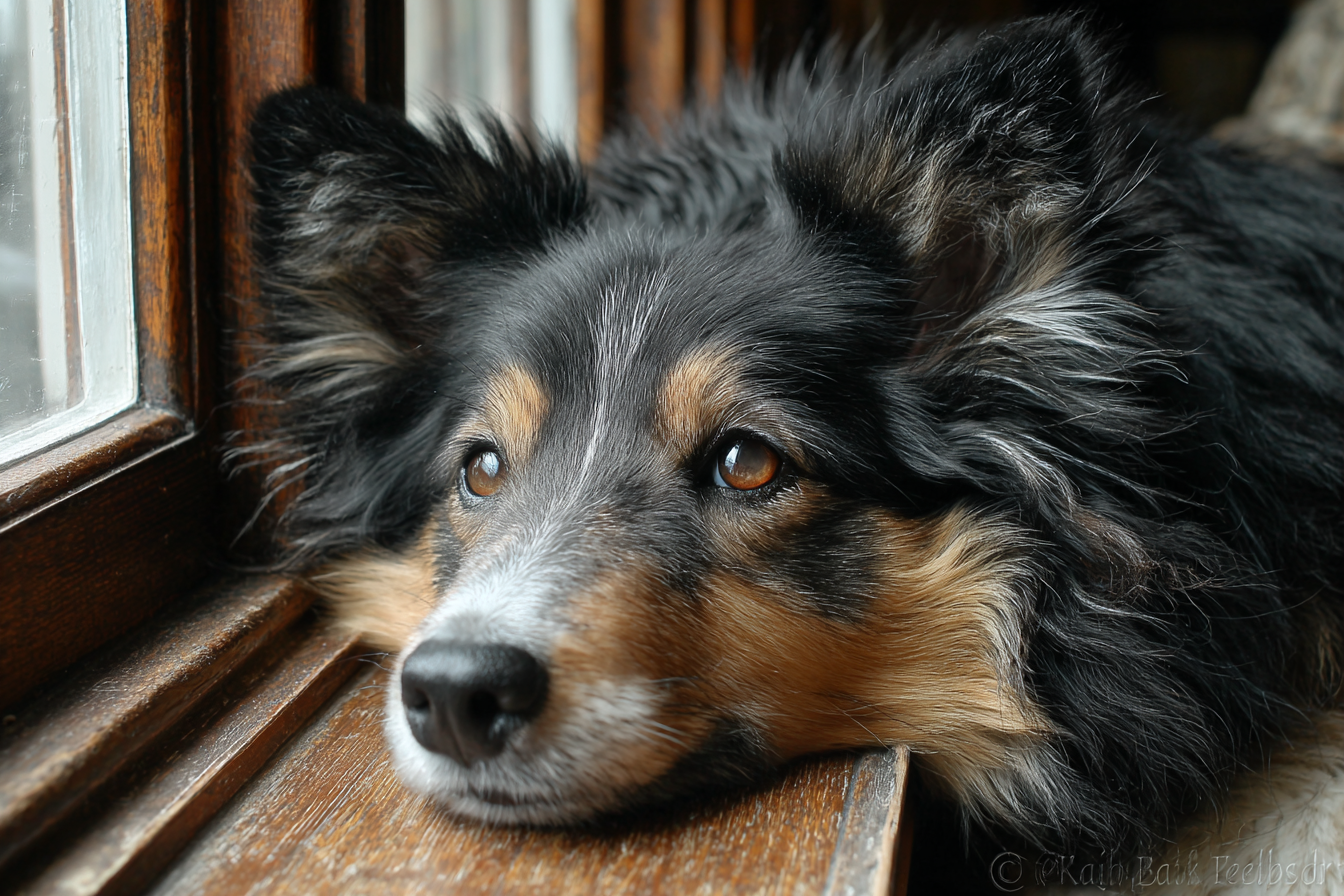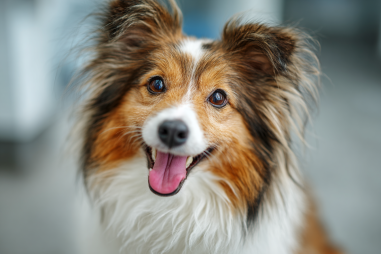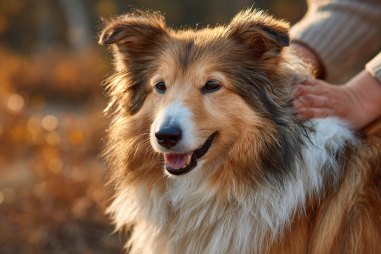Separation anxiety is a common challenge among Shetland Sheepdogs, affectionately known as Shelties. These intelligent and affectionate dogs form strong bonds with their families, making time apart stressful for them. If your Sheltie exhibits signs of distress when left alone, you’re not alone—and there are practical steps you can take to ease their anxiety and help them feel comfortable and secure even during your absence.
Identifying Separation Anxiety Symptoms
Recognizing separation anxiety early is crucial for addressing it effectively. Shelties with separation anxiety may display a range of behaviors when left alone, including:
- Excessive barking, howling, or whining
- Restlessness and pacing
- Destructive behavior such as chewing furniture or scratching doors
- Urinating or defecating inside despite being house-trained
- Attempts to escape the home or crate
- Drooling or panting excessively
These behaviors usually occur shortly after the owner leaves and often stop when the dog is reunited with the family. Keeping a journal or recording your dog’s behavior can help you identify these patterns clearly.
Causes and Breed Tendencies
Shetland Sheepdogs are known for their loyalty and sensitivity, traits that, while endearing, make them more prone to separation anxiety. Several factors can contribute to this condition in Shelties:
- Strong Attachment: Shelties often form close bonds with their owners and may become distressed when separated.
- Lack of Early Independence Training: Puppies not gradually accustomed to being alone can develop anxiety later.
- Changes in Routine: Moving, new family members, or changes in daily schedule can trigger anxiety.
- Previous Traumatic Experiences: Shelter dogs or rescue Shelties may have past traumas contributing to fear of abandonment.
Understanding these causes helps you tailor your approach to your dog’s individual needs.
Training Techniques to Reduce Anxiety
Training plays a pivotal role in helping your Sheltie manage separation anxiety. Here are some effective techniques:
Gradual Desensitization
Start by leaving your dog alone for very short periods, such as a few seconds, and gradually increase the duration over days or weeks. This helps your Sheltie learn that your departures are temporary and safe.
Counter-Conditioning
Pair your leaving routine with something positive, like giving a favorite treat or toy only when you leave. This helps change your dog’s emotional response from fear to anticipation of something enjoyable.
Establish a Departure Routine
Create a calm and consistent routine when you leave—avoid dramatic goodbyes or long farewells, as these can increase anxiety. Calmly prepare to leave, give your dog a treat, and go about your departure without fuss.
Build Independence
Encourage your Sheltie to spend time alone in a safe area even when you’re home. Use baby gates or crates to create a cozy space where your dog can feel secure, increasing their confidence when alone.
Environmental Enrichment Ideas
Providing mental and physical stimulation can distract your Sheltie and reduce anxiety. Some enrichment strategies include:
- Interactive Toys: Puzzle feeders or treat-dispensing toys keep your Sheltie engaged while you’re away.
- Comfort Items: Leave an item with your scent, such as a worn t-shirt, to provide comfort.
- Background Noise: Soft music, white noise machines, or TV shows with soothing sounds may help mask outside noises that trigger anxiety.
- Exercise Before Leaving: A good walk or play session before you leave burns off energy, helping your dog relax.
Use of Calming Aids
Sometimes environmental and training strategies benefit from the addition of calming aids. These can include:
- Adaptil Diffusers and Sprays: These products release synthetic dog appeasing pheromones that promote relaxation.
- Natural Supplements: Ingredients like chamomile, valerian root, or CBD oil (consult your vet) can help reduce stress.
- Weighted Wraps: Anxiety wraps provide gentle pressure that mimics a comforting hug.
- Prescription Medication: In severe cases, your veterinarian might prescribe medications to assist with anxiety management.
Always consult with a veterinarian before starting supplements or medications to ensure they’re safe and appropriate for your Sheltie.
When to Consult a Professional
If your Sheltie’s anxiety is severe, worsening, or leading to dangerous behaviors, it’s time to seek professional help. A certified animal behaviorist or professional dog trainer specializing in anxiety can:
- Assess your dog’s behavior and environment in detail
- Create a customized training and management plan
- Teach you specialized techniques to support your dog’s progress
- Suggest vet referrals and evaluate the need for medication
Early intervention with a professional can prevent separation anxiety from becoming a long-term issue.
Long-Term Management Tips
Managing separation anxiety is often a long-term commitment, but consistency and patience make a significant difference. Consider the following tips:
- Stick to Routines: Dogs thrive on predictability, so maintain regular feeding, exercise, and departure times.
- Continue Training: Keep practicing departure exercises and independence building daily.
- Adjust Environment: Regularly rotate toys and enrichment activities to keep your Sheltie mentally stimulated.
- Monitor Progress: Celebrate small improvements and adjust your strategies if setbacks occur.
- Provide Plenty of Attention: When home, give your Sheltie affection and engagement to maintain a secure bond.
Helping Your Sheltie Feel Secure When Alone
It’s natural to worry about your Sheltie feeling lonely or distressed when you’re not around. By understanding their needs and putting the right strategies in place, you can help your dog feel safe and calm. Remember, every Sheltie is unique, and some trial and error may be necessary to find the best approach. Be patient and kind—even small steps forward mean your furry friend is learning to cope better.
With consistent training, enriching environments, and love, your Sheltie can overcome separation anxiety and enjoy a balanced, happy life whether you’re by their side or away for a while.







